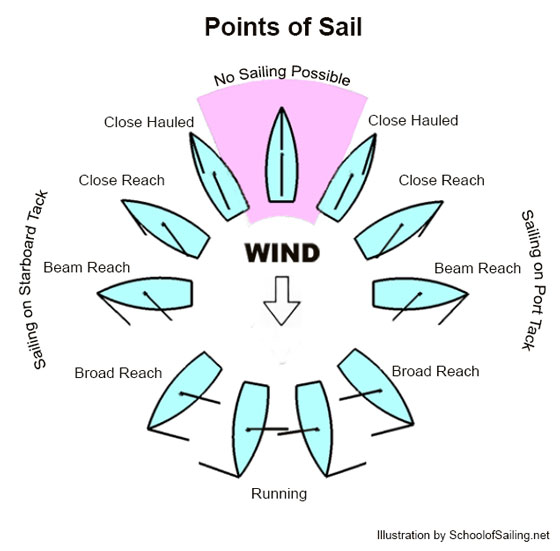PabloNasidman wrote:
the sideways drift of the TI is so much that I have big problems making it straight and I ended about 10 km downwind on the next island
Your question has sat unanswered so long, let naive me post and maybe scare up some corrections by Island owners. I think fusioneng posted pix on putting a big fin thru a TI drive plug in a simple way. But good grief, you are reporting a ridiculous amount of leeway which I have never been subject to in anything including my old blimp-like inflatable sailing kayak. So some basic possible issues:
- Is there a chronic current to the side? One of my sea launches has side current mostly in one direction almost regardless of tides which I have confirmed in long swims. There are current prediction maps online for many coastlines.
- How well does your mirage drive resist leeway while not pedaling? The pedals should be centered vertical and side by side to keep fins straight down. You can rig bungees to allow pedaling but return to vertical at rest. Do you have big turbo fins? Island owners have posted the above matters little, but on youtube I see most Hobie kayak sailors with pedals resting at their natural and worst possible positions therefore experiencing leeway.
- You are consistently pointing upwind (or upcurrent) of the destination, aren't you? From the beginning you should keep the destination on a constant bearing to lee like red path in pic below. It sounds like you have plenty of opportunity to change from a beam reach to a close reach or even a close haul from the beginning and not too late. My kayak loved close reaches but slid to lee in wave-ridden close hauls.
- Do you have some drag issue which makes you linger and get more leeway? Probably not from this but I see on youtube a plague of sailors with outboards not fully retracted out of the water when not in use.
- Do you overtighten the mainsheet and stall the sail? I see this often, but the sail should be let out short of snuffing the telltales. Well it's a little idiosyncratic for boomless sails, but while letting out may seem to reduce the force, the force will be in a more forward and leeway-reducing direction.

.







 .
. 
